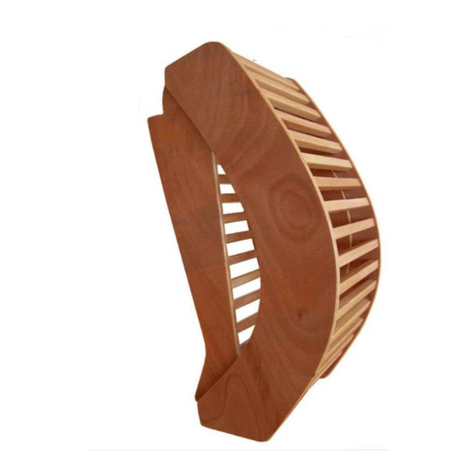4
5
not overtighten.
Wipe any excess glue that may have oozed out.
Position the two uprights the approximate length of the
beam apart with the vertical grooves facing each other.
ie inwards.
Identify the markings on the end of the beam and in the
vertical grooves and align the markings, eg. B2 to B2
and A2 to A2.
Apply a narrow bead of glue to the insides of each
vertical groove (Picture 3).
Invert the beam so that the brackets are pointing
downwards then slide the downward pointing brackets
into the vertical grooves of the uprights. You may need
to wriggle the beam and apply some body weight to
ensure that the brackets slide “home”.
Fit the remaining long wood screws into the pre-drilled
screw holes and tighten. Do not overtighten. (Pictures 4)
Wipe any excess glue.
Insert the fatter screws into the holes on each side of
the uprights and align the pre-drilled holes. The ends of
the beam should be flush with the outside face of the
uprights. Again, you may need to wriggle the uprights to
align the holes.
Tighten with the Allen Key – do not overtighten (Picture
5).
Check for any excess glue around all the grooves and
wipe off.
Fitting the aluminium pipe
Select the hole in the upright that you wish to use for
the pipe and remove the plug with the spring-loaded
pin.
Insert the pipe into the hole and slide the pipe along
until it enters the corresponding hole in the other
upright. The pipe will slide more easily if you support it
in the middle.
Insert the plug and rotate it until the spring-loaded pin
pops up into the retaining hole. You may need to adjust
the vertical positioning of the uprights until the ends of
the pipe are flush with the face of the uprights.
We recommend that you do not use the apparatus for
24 hors after assembly to allow the glue to set firmly




















